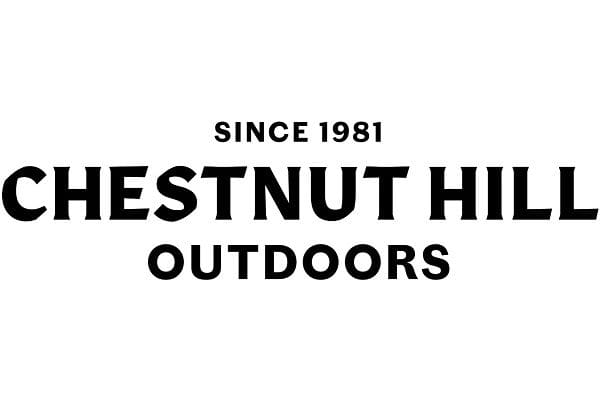Chestnut Hill Outdoors Full Season Food Plot

The general goal of food plots and mast orchards is to improve the habitat to attract and hold more and healthier wildlife. A more specific and effective objective is to provide sufficient quantity and variety of food and protection to meet the year-round needs of deer and other wildlife. The wider the nutritional window, the longer they will stick around.
Spring is a crucial period of growth for wildlife. Newborn fawns are putting tremendous nutritional stress on nursing mothers. Meanwhile, antler growth rates and the need for trace minerals in bucks have kicked into overdrive. Herbaceous vegetation typically provides sufficient nutrition at this time of year. However, soft mast producers like plums and mulberries can increase the quantity of food while providing cover when fawns are most vulnerable to predators. Food plots of clover or alfalfa can also help supplement naturally occurring food when protein is in high demand.
Next comes summer, which is a time of abundance. However, late summer can also be a period of nutritional stress. As forbs and grasses mature and ripen, their nutritional value declines. Hard mast producers have yet to ripen and drop, but deer have already begun shifting their diet to build up a layer of winter fat. Summer is when orchards or groves of blackberries, raspberries, blueberries, and grapes can bridge that nutritional gap while providing more protective cover.
Early fall is another crucial nutritional period as the transition from high-protein to high-calorie foods accelerates. Apples, crabapples, and early drop persimmons help carry deer through to the next phase while attracting and holding them throughout the early bow seasons. Adding some late-drop persimmons ensures no nutritional gaps and no reason for deer to wander off searching for food.
During the whitetail rut and late fall, bucks and does burn valuable fat reserves, making hard mast very important. Planting several varieties of white and red oak will lengthen food availability and provide a hedge against climatic variations that could result in one species having little or no production. Much the same is true for planting blends or mixes in herbaceous food plots, as one species might thrive while others fail should there be too much or insufficient soil moisture.
Planting Dunstan Chestnuts is the best substantial supplement to other hard mast species. Dunstan Chestnuts flower later, so they are less susceptible to seasonal fluctuations. Unlike some red oak varieties, they produce annually, and their nuts are nutritionally superior.
Finally, winter is described as a nutritional bottleneck as many food sources become depleted and the deer population decreases. Hard mast trees, brassicas, beets, and turnips show their value during winter. If planted in sufficient numbers, these sources of carbohydrates from hard mast and soft mast and sugar from bulbs and tubers can often persist until winter ends and spring green-up begins again.
About Chestnut Hill Outdoors
Chestnut Hill Outdoors is the best place to purchase food plot and deer attractant plants because they offer a large selection, their plants are specifically bred to attract deer, and they offer customers different-sized plants at different levels of growth. To ensure you receive the maximum benefit from their products, they also provide sound advice and instruction on proper planting and care. For more on Chestnut Hill Outdoors products and how to care for them, visit ChestnutHillOutdoors.com or call (855) 386-7826.
For more information, please visit
WWW.CHESTNUTHILLOUTDOORS.COM

